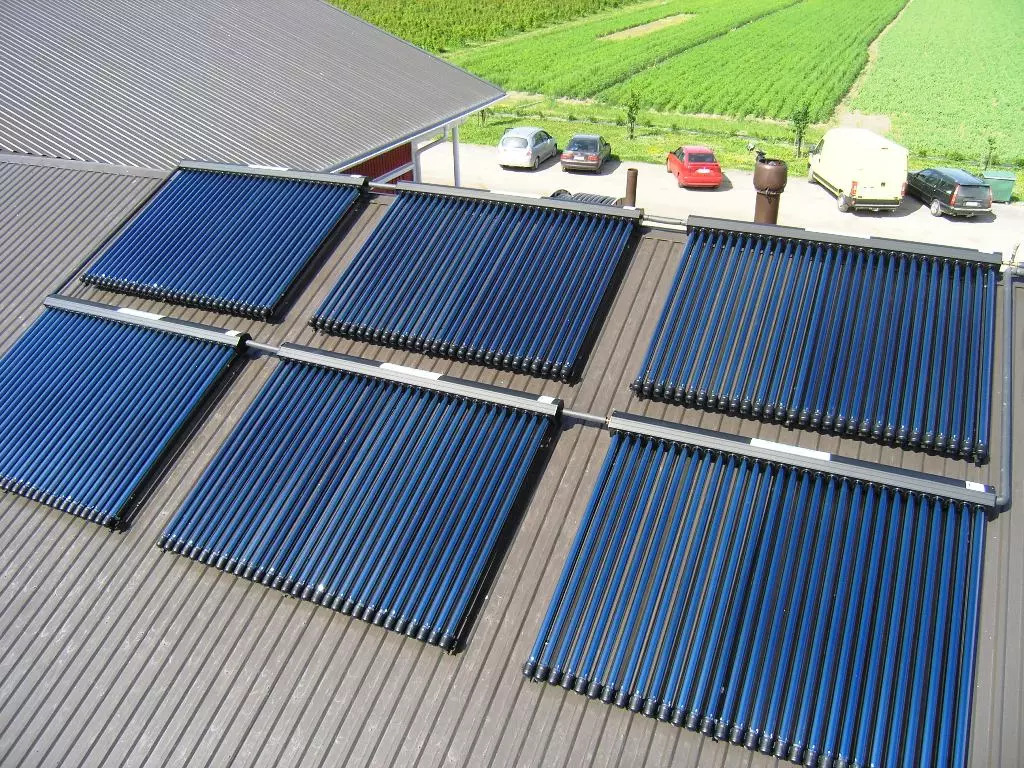The Best Solar Power Systems in Kenya

1. Hybrid Systems
Hybrid power generation systems combine solar power generation with conventional forms of power generation and energy storage technologies, to enable a reliable supply of high quality electricity, either to the network or to off-grid consumers such as mines. These solutions enable users to reduce the cost of expensive fuel, such as diesel, while ensuring that the power plant output is fully controllable to match the required demand profile.

2. Off-grid Power
An off-grid system requires battery storage as it is not connected to the electricity grid. Our off-grid solar system are designed appropriately so that it generates enough battery capacity to meet the residential requirements and power to last for a longer time, even when there is less sunlight. Off-grid systems are slightly expensive than on-grid systems due to the cost of batteries and inverters and so they are mostly used in more remote areas that are far from the electricity network. However battery costs are coming down, as there is a rising market for off-grid solar battery systems even in urban areas. As soon as the solar power is used by the appliances in your home, any excess power is sent to your battery bank, and once it’s full it will stop receiving power from the solar system. The appliances draw power from the batteries when your solar system isn’t working. When the batteries are low in charge due to cloudy weather, you will need a backup power source, which should be adequate to meet the residential requirements and charge the batteries at the same time.

3. Solar Electric Fences
We offer a large range of high quality solar electric fencing solutions for home, commercial and infrastructure security. Our Solar powered electric fencing are designed and manufactured using the best technology that is good for the environment. Solar powered electric fencing uses solar panel which absorbs the sunlight, feeding the battery with battery power and the energizer converts this power to electricity needed to send a zap down the fence line. The battery is being trickle fed by the solar panel and therefore the battery will keep its charge longer before it needs a big boost charge on a conventional charger. We protect what is important to you!
4. Solar Water Pumps
An off-grid system requires battery storage as it is not connected toSolar powered water pumps is one of the environment friendly way to achieve clean water resources effectively. Solar energy is converted to electric energy to power the water pump, the pump starts working and brings the underground water into the water tanks for domestic use and farming. Effective use of renewable energy by the water pump, emits zero carbon dioxide. Solar pumps offer a clean and simple alternative to fuel-burning engines and generators for domestic water, livestock and irrigation. They are most effective during dry and sunny seasons.They require no fuel deliveries, and very little maintenance. Photovoltaic panels power solar pumps and the flow rate is determined by the intensity of the sunlight. the electricity grid. Our off-grid solar system are designed appropriately so that it generates enough battery capacity to meet the residential requirements and power to last for a longer time, even when there is less sunlight. Off-grid systems are slightly expensive than on-grid systems due to the cost of batteries and inverters and so they are mostly used in more remote areas that are far from the electricity network. However battery costs are coming down, as there is a rising market for off-grid solar battery systems even in urban areas. As soon as the solar power is used by the appliances in your home, any excess power is sent to your battery bank, and once it’s full it will stop receiving power from the solar system. The appliances draw power from the batteries when your solar system isn’t working. When the batteries are low in charge due to cloudy weather, you will need a backup power source, which should be adequate to meet the residential requirements and charge the batteries at the same time.

5. Solar Lighting
Lighting solutions differ in size and complexity depending on the intended application. These may vary depending on use e.g. solar street lighting, home lighting, lighting for educational institutions and health facilities.The main benefits of photovoltaic systems are no monthly billing charges, solar P.V systems are durable, the systems are suitable for any part of the country (e.g. under-served areas), no noise pollution is generated and the production of power is environmentally friendly.
Key Features

6. BIPV Systems
Building Integrated Photovoltaic refers to photovoltaic systems joined within an object. It means an object can either be built on or be built later on top of the object. BIPV can either be installed on roof tops and windows. Developments in technology are seeing clever businesses integrate PV into a variety of building materials such as windows, tiles, glass, curtains and shingling; eradicating many of the physical restrictions on the use of traditional panels. The technology allows architects the flexibility they need to design innovative buildings without restricting their creativity. They’re no longer required to compensate for add-on ‘after thought’ conventional solar PV systems, as they would have done in the past, or compromise on the energy efficiency of the structure.
